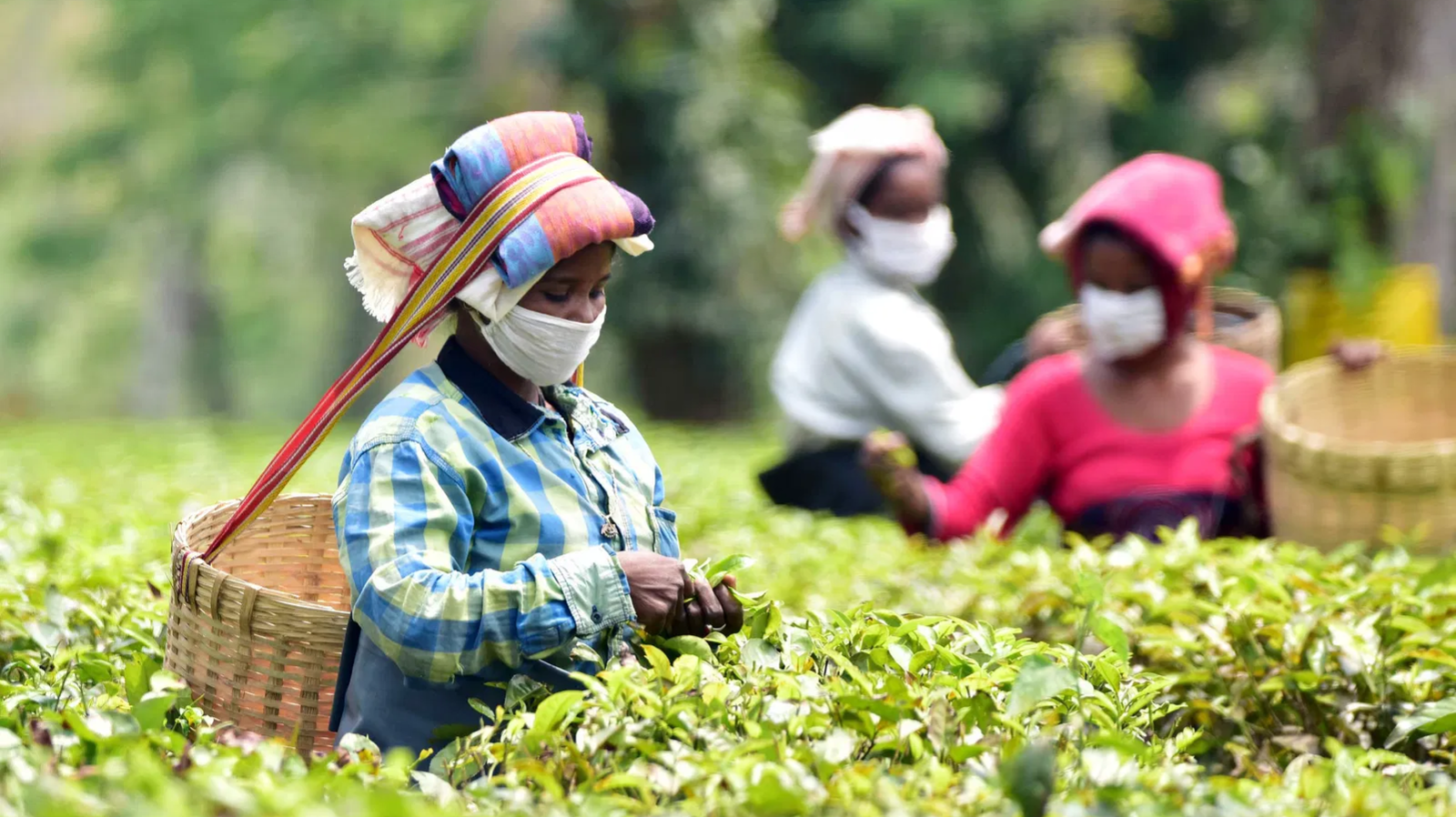The overall tea production across Assam and West Bengal is declining every year. It emphasizes thr structural and climatic pressures on growers. The orthodox tea recorded a marked uptick at the same time. It reveals a fine industry shift. The contrasting trends raise inquiries about quality focus, varietal need, and plantation technique in a sector under strain.
Production drop in Assam & Bengal
According to Northeast News, the Tea Board figures show that Assam’s production in August 2025 had a steep fall to 103.52 million kg from 104.46 million kg a year ago. West Bengal’s production fell more steeply to 45.90 million kg from the 56.08 million kg in August 2024. The two states witnessed a collective output of 153.99 million kg, against 166.15 million kg in the prior period.
The drop was most significant in the CTC (Crush, Tear & Curl) category. In North India, CTC output declined from 150.76 million kg to 135.59 million kg whereas in the South regions, the CTC production decreased from 15.41 million kg to 13.13 million kg.
Orthodox tea defies the trend
The orthodox tea output witnessed the upward trend. The production rose to 19.22 million kg in August 2025 up from 15.81 million kg in the same period in 2024. This wave points to shifting preferences which is owing to increase demand in specialty markets, or plantation experiment of high-grade leaf types.
Drivers behind the decline
There are many factors which congregate to explain the fall in production. Climatic problems such as unpredictable rainfall, heat waves, and shifting monsoon patterns has impacted leaf blooms and yield timing. The problems like operational costs, labour shortages, and pest pressures have also scraped the margins. The sharper fall in CTC tea contemplates the vulnerability of that variety to environmental swings and catching irregularities.
What the rise in orthodox might signal
The growth in orthodox teas may depict a structural point. These leaf-based variants steer premium prices in niche and export markets. There are some estates may be prioritizing quality over bulk. It is experimenting with mixed cultivar plantings, or answering to developing demand from metier tea buyers. The stability in orthodox output might offer a cushion for planters marketing with pressures on standard grades.
August’s data shows that the tea industry is at a crossroads. While Assam and Bengal grapple with declining yields, the orthodox tea segment provides a glimmer of direction.











